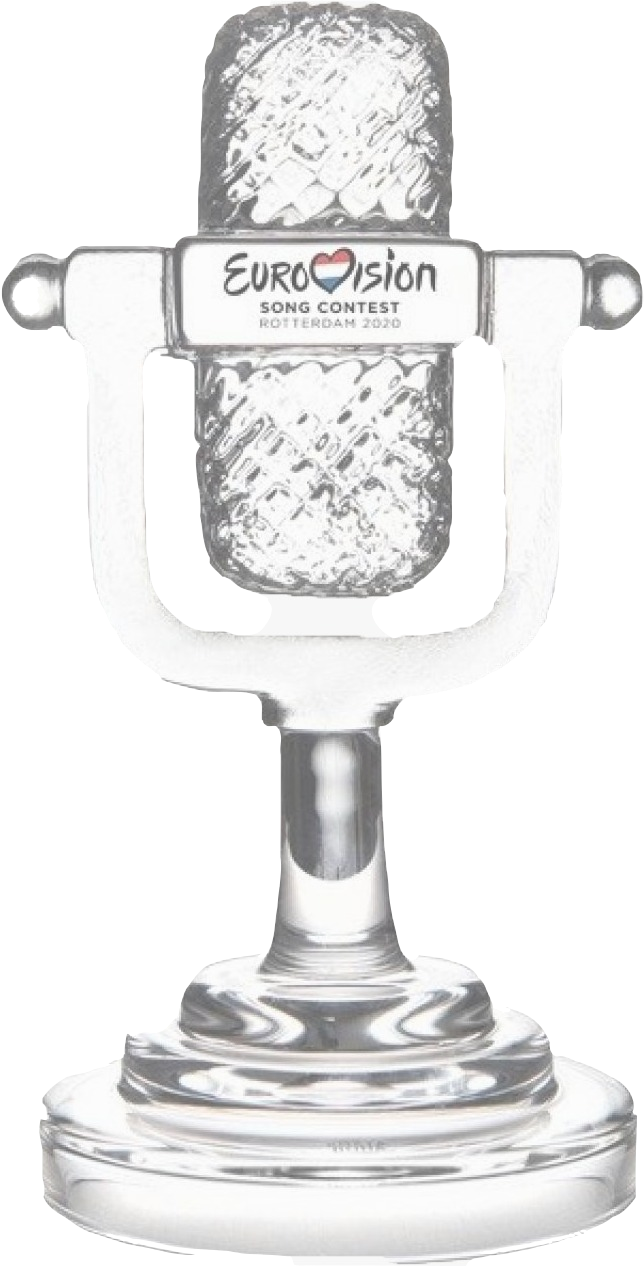.svg.png)
.svg.png)

What is Eurovision?
For people who think that "Jaja Ding Dong" is an actual Eurovision song. If you know your Eurovision, skip to the project!
Eurovision has entertained the public for decades. Even though it’s technicalities have changed, the idea of this annual contest stayed the same.
Each of the participating countries select one representing song, which is then included in an evening long TV show broadcasted live on the screens of the peoples homes. At the end of the show, votes can be casted for each competing song and points are collected based on the opinion of the jury of professionals and the number of votes every song gets via telephone voting. The victorious winner's country gets to host the Eurovision contest the following year.
Last year (2021) the competition was brought to the Netherlands due to the victory of the Dutch musician Duncan Laurence in Tel Aviv with his song ‘Arcade’ and this year (2022) with the victory of the Italian band Måneskin with the song "Zitti e buoni" the competition will be held in Turin.
The songs participating in the Eurovision contest are known to be catchy, predominantly vocal, and extravagantly performed. From romantic pop ballads (Ell/Nikki, Running scared, 2011), wacky pop songs ( Toy, 2018), and flamboyant hard rock songs (“Måneskin - "Zitti e buoni", 2021) accompanied with great amount of fireworks to songs charged with political messages (Jamala, 1944, 2016), Eurovision had hosted a wide variety of songs throughout its history. However, considering their diversity, can we detect trends among the performing songs and perhaps even spot a development in terms of audio quality in the songs throughout the years? Luckly, both of the latter are possible to measure with the help of Spotify’s research tools which enables the users to analyse songs beyond their lyrics and video elements and instead gather an insight into their audio features. For this project we gathered an insight into the past eleven competitions of the Eurovision contest (excluding the year 2020, when the competition was cancelled) in order to investigate to what extent the Eurovision songs’ audio features changed throughout this decade.